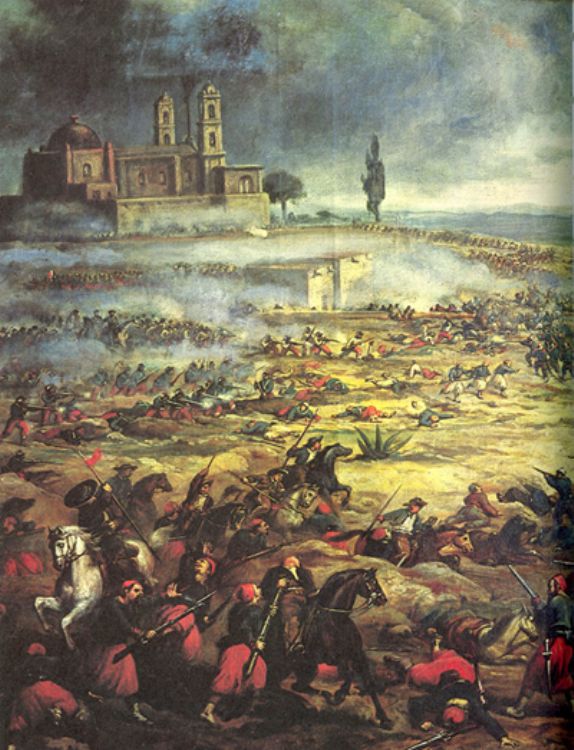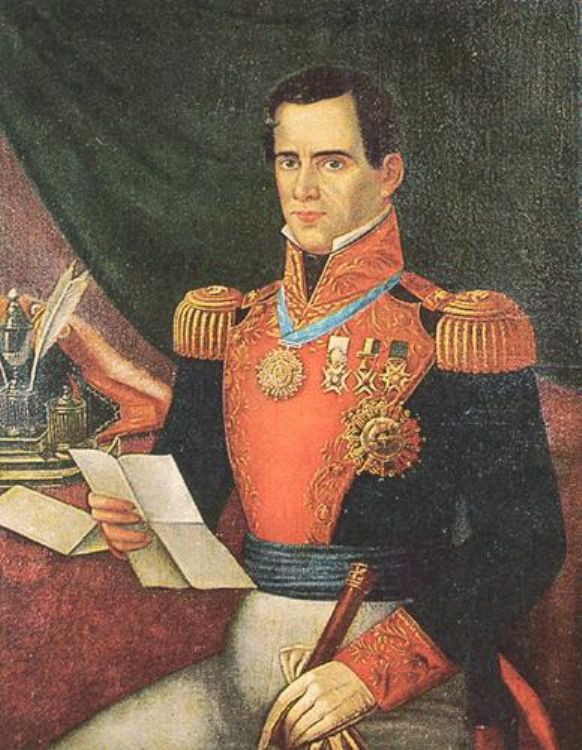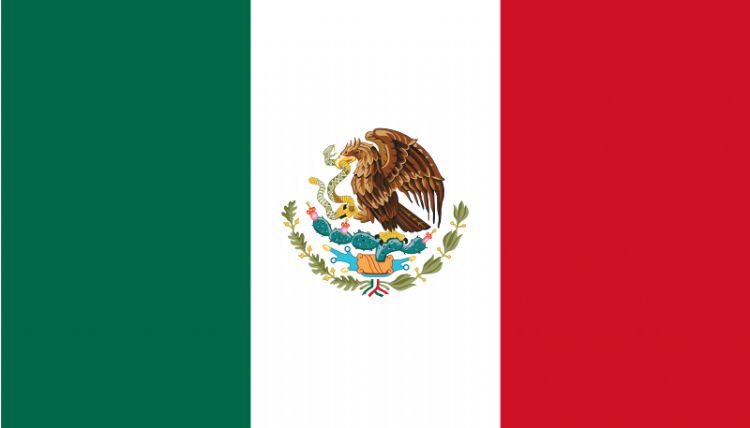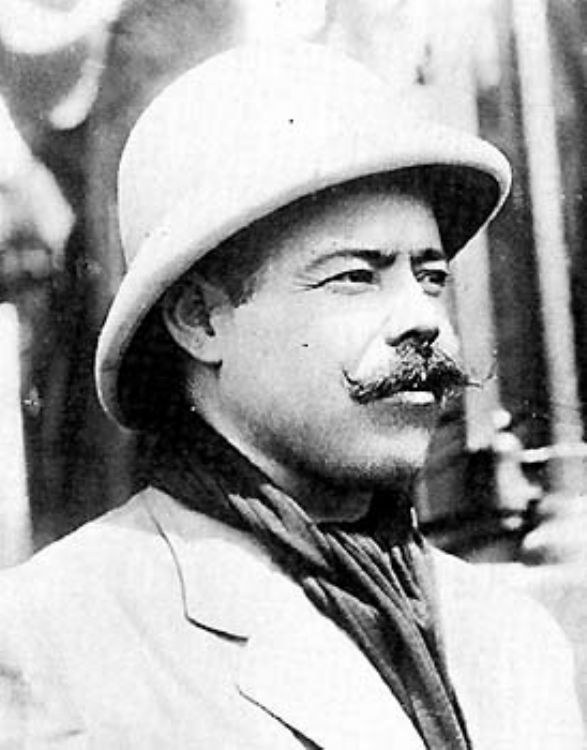La Guelaguetza, Cultural Traditions in Oaxaca
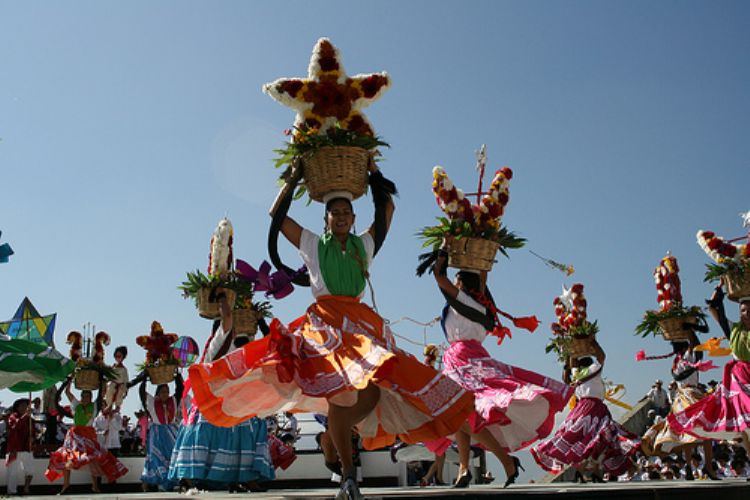
The Guelaguetza is a celebration that takes place in the city of Oaxaca de Juarez, capital of the State of Oaxaca. This celebration is part of the popular cult to the Virgin of Carmen.
Another name the Guelaguetza is known by is Mountain Mondays, because it is held at the Fortin Mountain. This word is of Zapoteca origin and defines the action of offering, sharing or giving. Originated from the festive traditions of the stateâs central valleys, mostly Zapoteca, and adopted by the Spanish missionaries to impose the Carmen virgin, it has always been a popular festivity based on gifts and community cooperation.
The Guelaguetza is celebrated each year on the two Mondays following July 16, except when the first Monday falls on July 18, on the death anniversary of Benito Juarez. In that case, celebrations are postponed for a week.
The origins of the Guelaguetza recall the preshispanic era and are related to the cult of the corn god. The rites to fresh corn in Mesoamerica demanded the sacrifice of a teenage slave, who would ritually dress in the divinityâs attire and be beheaded. According to historians, this act was a dramatic reenactment of the separation of a mature corn head from the mother plant.
The Guelaguetza tradition defines the people of Oaxaca, from centuries past until today. The word itself means âreciprocal exchange of gifts and servicesâ. This relationships work to create a cooperation network among individuals, families and towns.
Since 72 years ago, Oaxaca celebrates this traditional festivity implying mutual help, fraternity, solidarity, support and commitment characterized for being a day of party and shared delight. During the party, people dance and hand out their products to thousands of persons coming from various communities of the multiple ethnic groups found in the State of Oaxaca.
The public enjoys watching the dancers, especially when they throw their gifts of the fieldâs products to the spectators. The Guelaguetza dances are performed on the same place where Zapoteca Indians used to offer their rites to the gods, specially the god of corn, Centeotl. The music that accompanies them is a mix of preshispanic notes with Spanish songs and evokes episodes from the Spanish conquest.
Artículo Producido por el Equipo Editorial Explorando México.
Copyright Explorando México, Todos los Derechos Reservados.
Foto: Flickr

